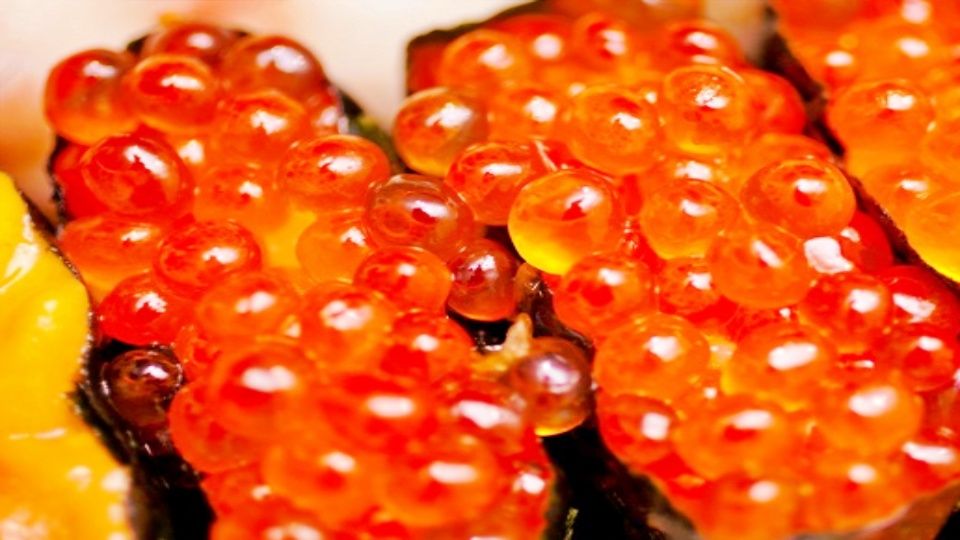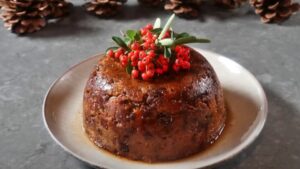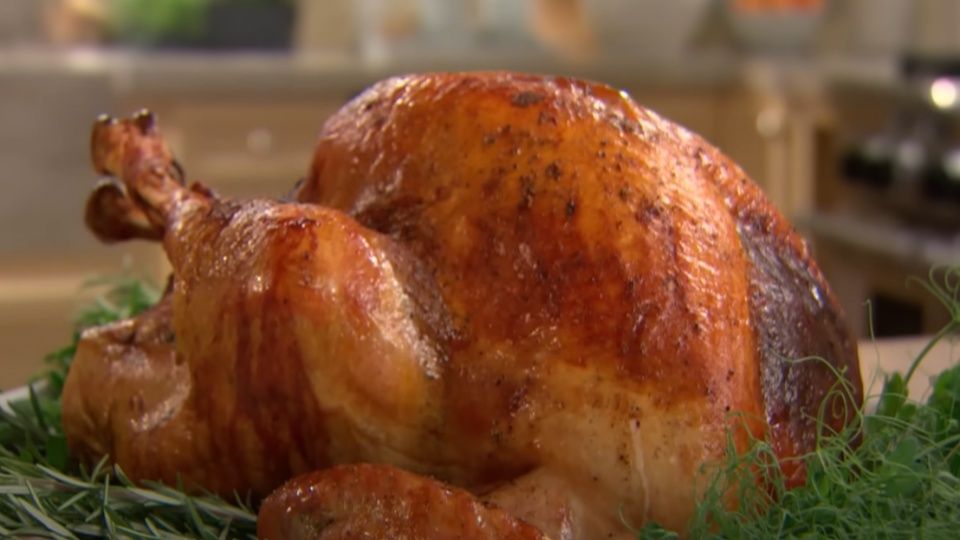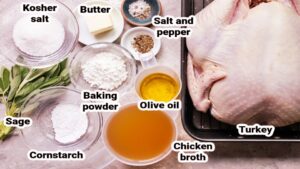How Many Calories Does Plank Burn And How Many Minutes Should You Do It Every Day?
How Many Calories Does Plank Burn And How Many Minutes Should You Do It Every Day?
How Many Calories Does Planking Burn and How Long Should You Plank Daily for Effective Results?
Are you planking and wondering how many calories you’re burning with each effort? Worry no more! This article will answer the question of how many calories you burn when planking and how many minutes you should plank daily to achieve the best results. Planking is a highly effective exercise for reducing belly fat, and it’s a fantastic workout that can help your body burn a significant number of calories. So, how many calories does planking burn?
1. How Many Calories Does Planking Burn per Minute?
According to research, individuals who perform planking can burn anywhere from 30 to 40 calories per minute. This calorie-burning capacity is most effective in individuals who are in their adult years, as metabolism and muscle strength tend to peak during this time.
Beyond its remarkable ability to burn calories, planking is also well-known for its muscle-building benefits, particularly in the core area. When you plank, the core muscles, including the abdominals, obliques, and lower back, are activated, helping to sculpt a lean, toned midsection while also promoting overall fat loss.

2. Can Planking Help with Weight Loss?
Yes, planking can indeed help with weight loss. While planking may not be as fast-paced as cardiovascular exercises (like running or high-intensity interval training), it offers a steady and effective way to burn fat over time. If performed correctly, planking can target stubborn belly fat and assist in achieving a leaner physique.
During a plank, much of the body’s effort is focused on the core muscles, increasing fat-burning activity in the belly area. Planking is not just for beginners; it is a favored exercise even among fitness professionals and athletes who use it to maintain their figure and shed excess weight. The long-term benefits of planking include improved posture, balance, and muscle endurance, all of which contribute to overall fitness and weight loss.
3. When Is the Best Time to Plank?
Fitness trainers recommend performing planks either in the morning or evening for maximum benefits. The best time slots for planking are:
- Morning (5 AM – 6:30 AM): Planking right after waking up helps your body kickstart its fat-burning processes. Since your muscles are rested and ready for action after a night’s sleep, planking in the morning can help energize your body and set a positive tone for the rest of the day. Additionally, it may increase your metabolism, helping you burn more calories throughout the day.
- Afternoon/Evening (4 PM – 6:30 PM): During the late afternoon, your muscle strength is at its peak, making this an ideal time to perform planks. Your body is fully warmed up by this point, which allows you to plank longer and with greater intensity. As your muscles are already engaged from earlier daily activities, you’ll be able to push yourself further, increasing the efficiency of your workout.
Tips from experts:
- Avoid planking on an empty stomach or when you’re too full. It’s best to plank when your body is properly fueled but not overly full.
- Avoid planking after 9 PM, as it may interfere with your sleep quality and overall health.

4. How Many Minutes Should You Plank Each Day?
If you’re new to planking, start by holding the position for at least 30 seconds. As your core muscles get stronger and your endurance improves, gradually increase the duration until you can hold the plank for up to 2 minutes.
For optimal results, it is recommended to aim for 2 minutes per session, performing the plank at least three times daily.
5. Additional Planking Tips
To get the most out of your planking workout, it’s important to follow proper form and technique. The plank may look simple, but improper form can diminish the benefits and potentially lead to injury. Here are some pointers to remember:
- Correct Alignment: From your head to your heels, your body should be in a straight line. Keep your head neutral by looking slightly ahead of your hands, and make sure your shoulders are directly above your elbows.
- Engage Your Core: Tighten your abs as if you’re bracing for a punch. This will help you engage the correct muscles and prevent strain on your lower back.
- Breathe Steadily: Don’t hold your breath while planking. Breathing deeply and steadily will help you maintain the position for longer.
6. Can Planking Be Combined with Other Exercises?
Absolutely! To maximize your results, consider pairing planks with other exercises. You can integrate planks into your routine as part of a full-body workout, which may include cardio, strength training, and flexibility exercises. Here are a few exercises you can combine with planks:
- Mountain Climbers: Alternate between planking and mountain climbers to increase the intensity and improve your cardiovascular endurance while also targeting the core.
- Side Planks: Shift from a traditional plank to a side plank to engage your oblique muscles and enhance balance.
- Push-Ups: Start in a plank position and transition into push-ups for an upper-body workout that also keeps the core engaged.

7. Conclusion
In summary, planking is an excellent exercise for burning calories and improving core strength. You can burn around 30 to 40 calories per minute of planking, making it a fantastic way to boost your metabolism and support weight loss. While it may not offer the same fast results as cardio exercises, planking is a reliable method for burning fat over time, especially when paired with other exercises.
To get the most out of your plank workouts, aim to plank for 2 minutes per session and perform this exercise at least three times daily. By incorporating planking into your routine, maintaining proper form, and planking during the optimal time of day, you’ll be on your way to achieving a stronger, leaner body.








































